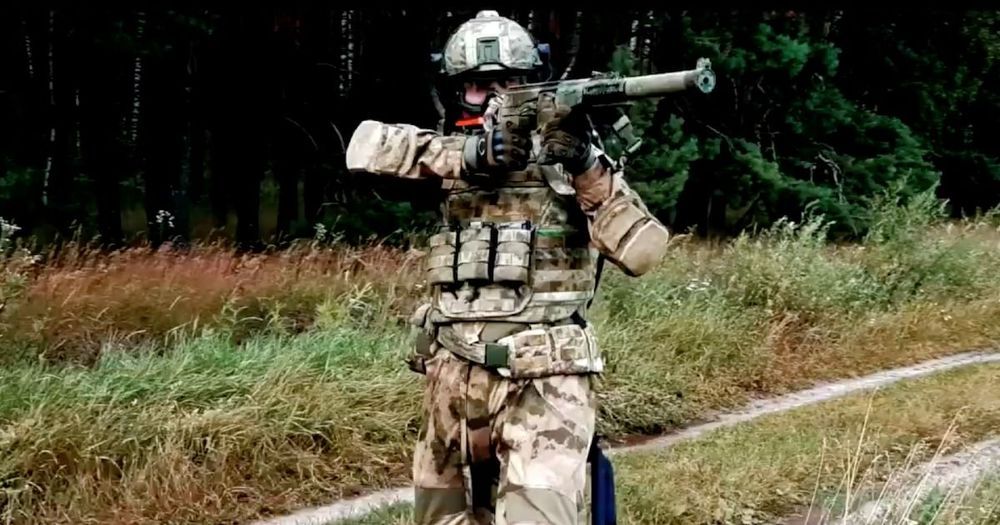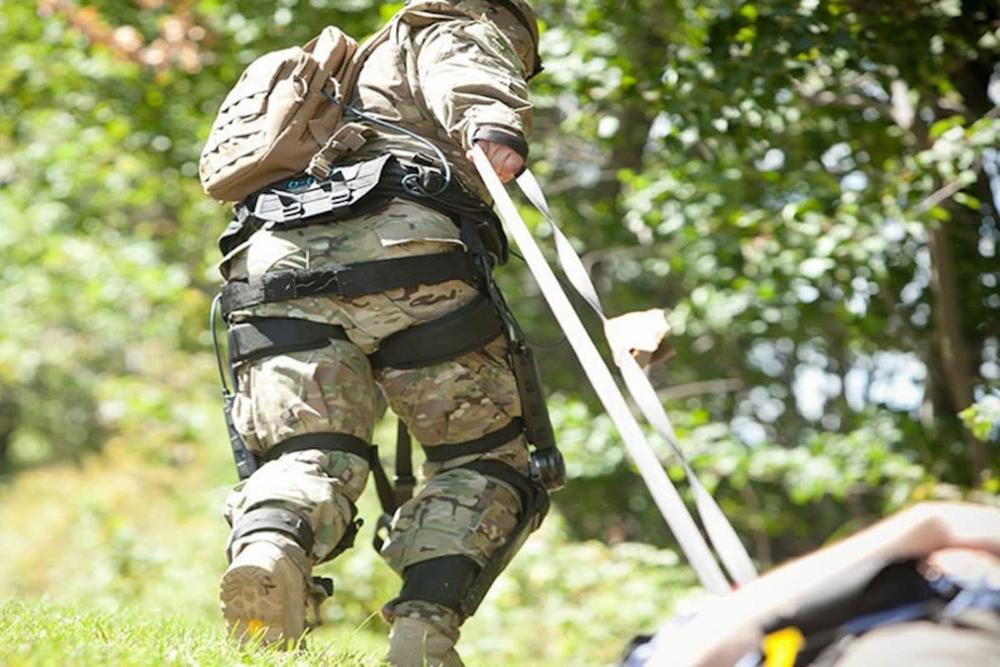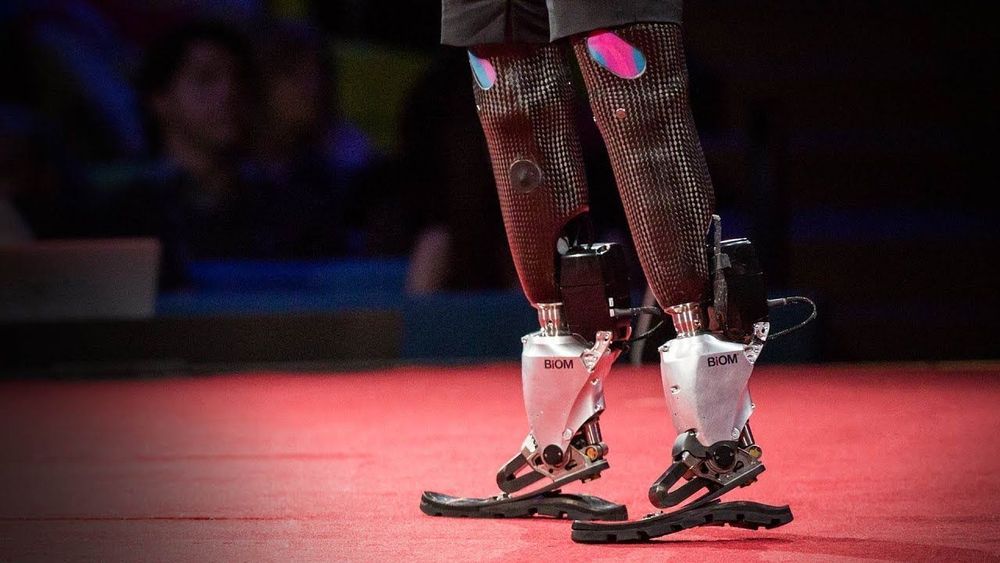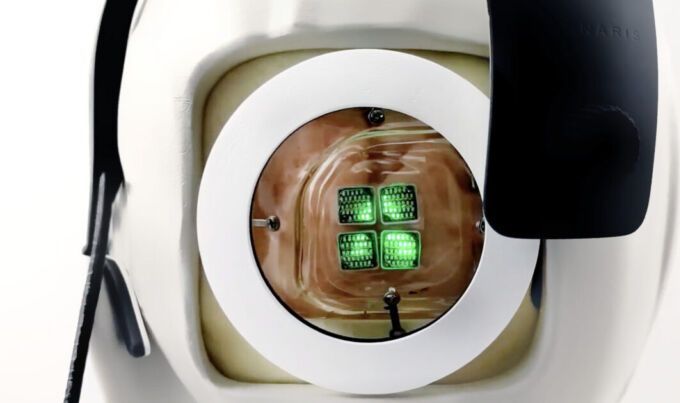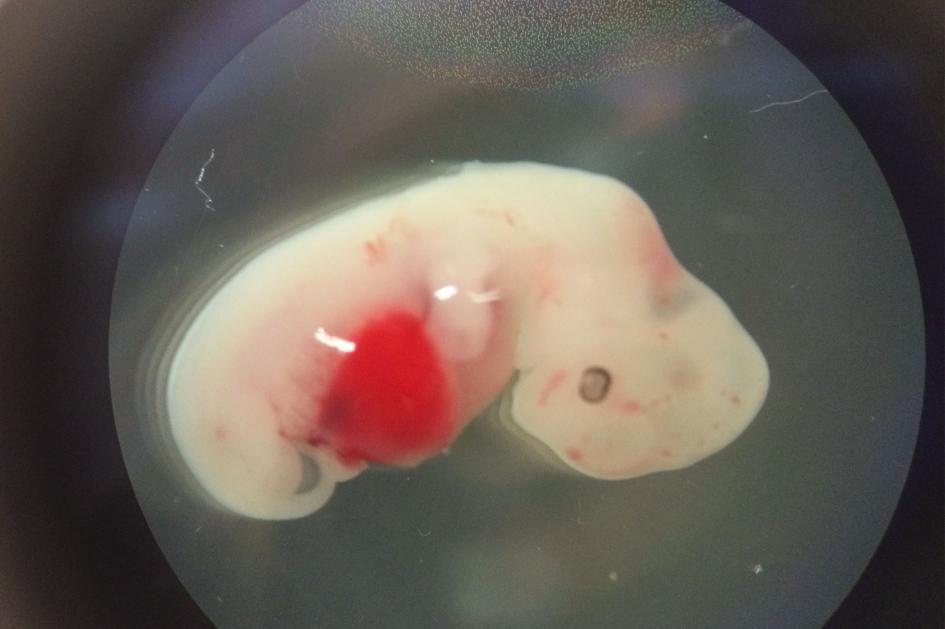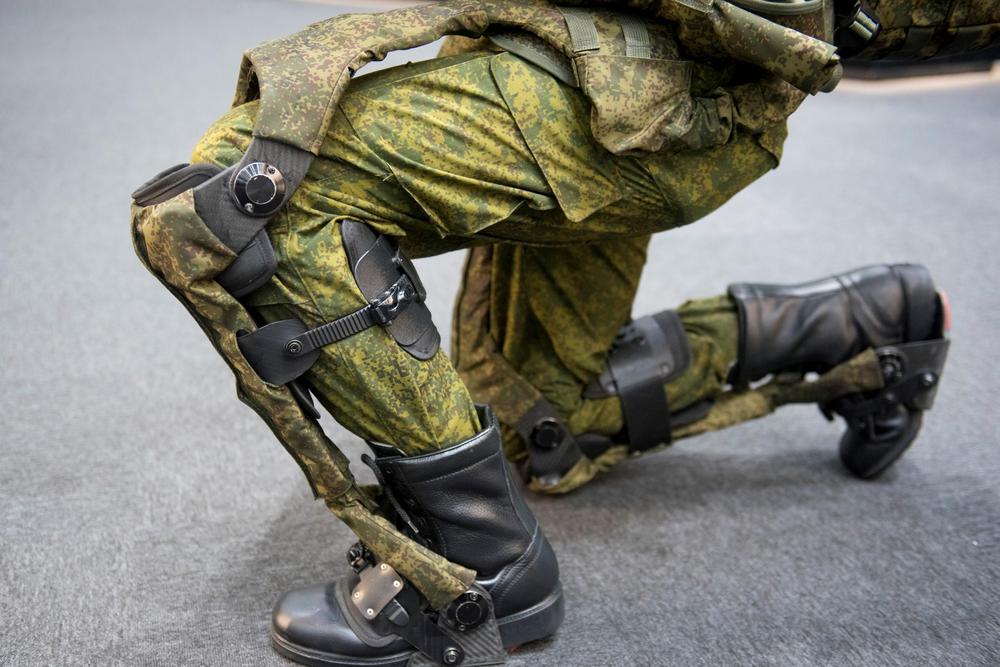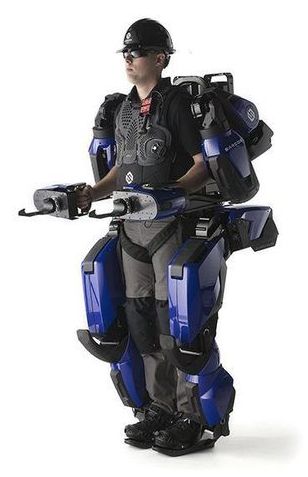
Sarcos Robotics, a startup developing robots for industrial and defense applications, today nabbed $40 million in equity financing, bringing its total venture capital raised to nearly $100 million. The company plans to use the capital to commercialize its first full-body, self-powered product — the Guardian XO — ahead of an anticipated 2021 ship date.
According to a 2020 Grand View Research report, the exoskeleton market could be worth $4.2 billion by 2027. The firm sees adoption growing steeply in health care, where exoskeletons could address the increased prevalence of spinal cord injuries in industries like security, disaster recovery, infrastructure inspection and maintenance, maritime, oil and gas, and mining. The National SCI Statistical Center reported 17,730 new spinal cord injuries in 2019 in the U.S. alone.
Sarcos spun out from the University of Utah in 1983 and for years operated as a bioengineering research institution. By 2000, the lab had expanded into segments like animated film props, prostheses, and human-computer interfaces. A DARPA grant to develop a military exoskeleton steered Sarcos toward defense applications. After DARPA accepted Sarcos’ proposal in 2006, the company began developing prototypes and contracted with the U.S. Navy to pilot salvage robots.
